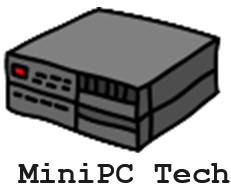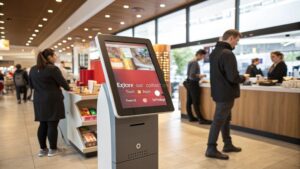Did you know that mini PCs are used to power modern digital signage solutions worldwide? These compact powerhouses are transforming how businesses communicate with customers through visual displays and interactive kiosks. Their versatility, energy efficiency, and processing capabilities make them ideal for diverse applications across multiple industries. If you’re looking to elevate your customer engagement strategy, these five mini PC uses for digital signage might just revolutionize your approach to digital communication.
Key Takeaways
- Mini PCs power retail digital signage with 4K capabilities across multiple screens while maintaining low energy costs.
- Interactive self-service kiosks reduce wait times and enhance customer engagement with flexible display options.
- Multi-screen video walls create synchronized, seamless visuals with perfect content synchronization and consistent color.
- Transportation hubs utilize mini PCs for real-time information displays that reduce perceived wait times by 35%.
- Educational institutions leverage mini PCs for emergency alerts, digital recognition boards, and enhanced communication systems.
Retail Environments: Transforming Customer Experiences With Mini PCs
When exploring digital signage solutions for retail environments, mini PCs stand out as transformative tools that elevate customer experiences while streamlining operations. Their compact size enables dynamic, high-impact visual promotions across multiple screens—even supporting impressive 4K video walls that captivate shoppers. Their low energy footprint allows for continuous operation without concerns about high utility costs, making them ideal for retail settings that operate extended hours. The minimal maintenance costs associated with mini PCs make them an excellent long-term investment for retail businesses of any size.
You’ll appreciate how these devices drive interactive displays where customers can access product information, loyalty programs, and leave customer feedback through intuitive touchscreens. The ability to update content remotely across multiple locations guarantees your messaging stays current with real-time inventory changes and promotions. Interactive kiosks featuring these mini PCs provide valuable customer insights that can help retailers recognize buying trends and adjust strategies accordingly. The integration of these technologies has proven to create eye-catching displays that significantly increase foot traffic in retail spaces.
Beyond customer engagement, mini PCs optimize your retail operations through energy efficiency, reduced IT complexity, and superior space utilization. Their versatile connectivity options integrate seamlessly with existing systems, supporting everything from POS applications to personalized content delivery based on customer preferences.
Interactive Kiosks for Self-Service Solutions
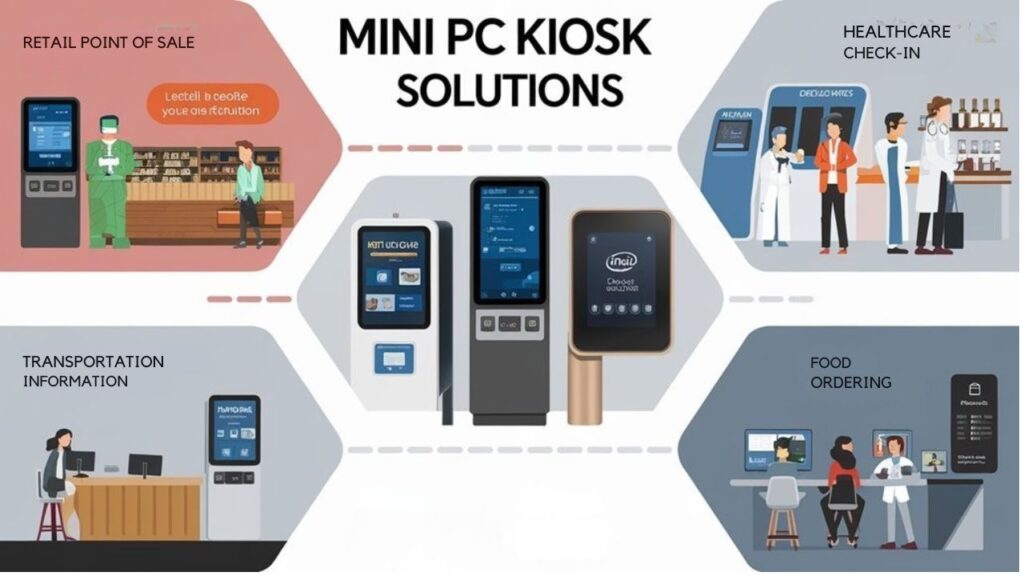
Interactive kiosks powered by mini PCs deliver five essential self-service capabilities that transform customer interactions across industries. These compact systems enable automated order placement while minimizing wait times, greatly boosting customer engagement through intuitive interfaces tailored to your audience’s needs.
Self-service kiosks also create a more relaxing experience for customers who prefer to browse menu options at their own pace. Similar to Plex servers, mini PC kiosks can centralize content management while providing consistent user experiences across multiple locations. Modern kiosks utilizing devices like the GT1 Mega can handle AI applications that enhance personalization and customer recognition. The flexibility of these solutions allows businesses to select from various display sizes ranging from 5 to 22 inches, ensuring optimal user interaction based on specific use cases.
| Capability | Business Impact | Customer Benefits |
|---|---|---|
| Self-checkout | 30% labor cost reduction | Zero waiting time |
| Order customization | 24% increase in basket size | Complete control over choices |
| Information access | Consistent brand messaging | Immediate answers without staff |
| Payment processing | Secure, compliant transactions | Multiple payment options |
| Integration flexibility | Connects with existing systems | Seamless loyalty program access |
Mini PCs excel in these applications due to their modular design, allowing you to scale from single-location deployments to enterprise-wide solutions. Their compact form factor accommodates space-constrained environments while delivering the processing power needed for responsive customer interactions.
Multi-Screen Video Walls and Digital Menu Boards
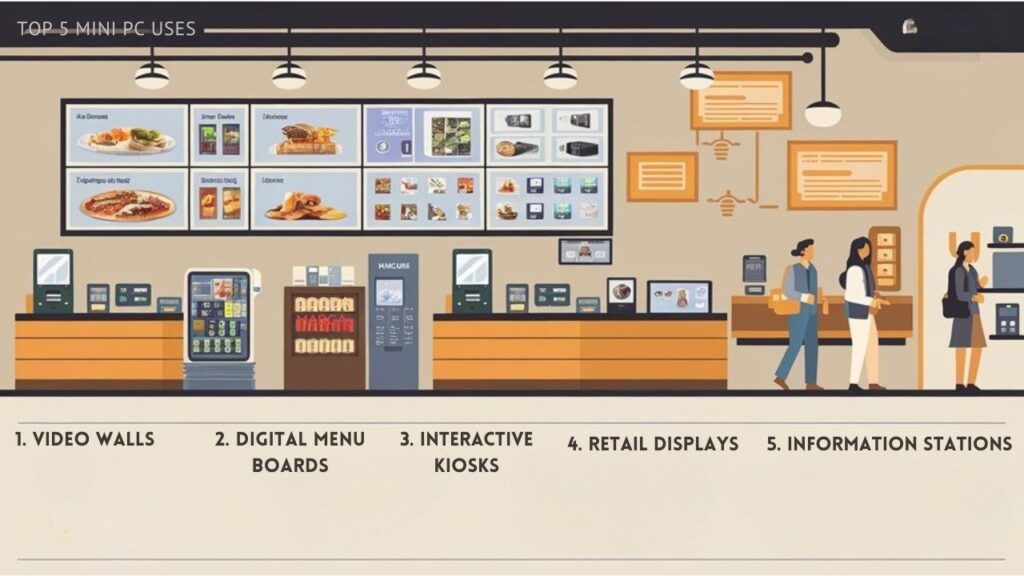
Mini PCs transform ordinary displays into powerful multi-screen video walls and dynamic digital menu boards, offering unprecedented visual impact for your brand messaging.
With multi-screen versatility, you’ll capture audience attention through synchronized, seamless visuals across multiple displays. BrightSign controllers guarantee perfect content synchronization while Samsung’s ultra-narrow bezels create virtually seamless images up to four times clearer than standard 1080p solutions. These displays feature advanced factory calibration that ensures consistent brightness and color reproduction across all screens. Brightlink’s solutions support various configurations including impressive 3×3 video walls that can display content across nine displays simultaneously.
Digital menu customization enables real-time content updates, targeted marketing messages, and brand-aligned visuals. You’ll benefit from unified messaging across all screens while simplifying management with single-player distribution systems that reduce costs.
Integrate touch and gesture controls to enhance customer engagement, or arrange screens creatively to optimize space utilization. The latest Intel-based mini PCs provide superior processing performance for handling demanding digital signage applications while maintaining energy efficiency. The MeLE PCG02’s fanless design ensures completely silent operation crucial for professional environments where ambient noise must be minimized.
These energy-efficient solutions allow your business to craft immersive brand stories that leave lasting impressions while maintaining technical reliability in high-traffic environments.
Transportation Hubs: Real-Time Information Display Systems
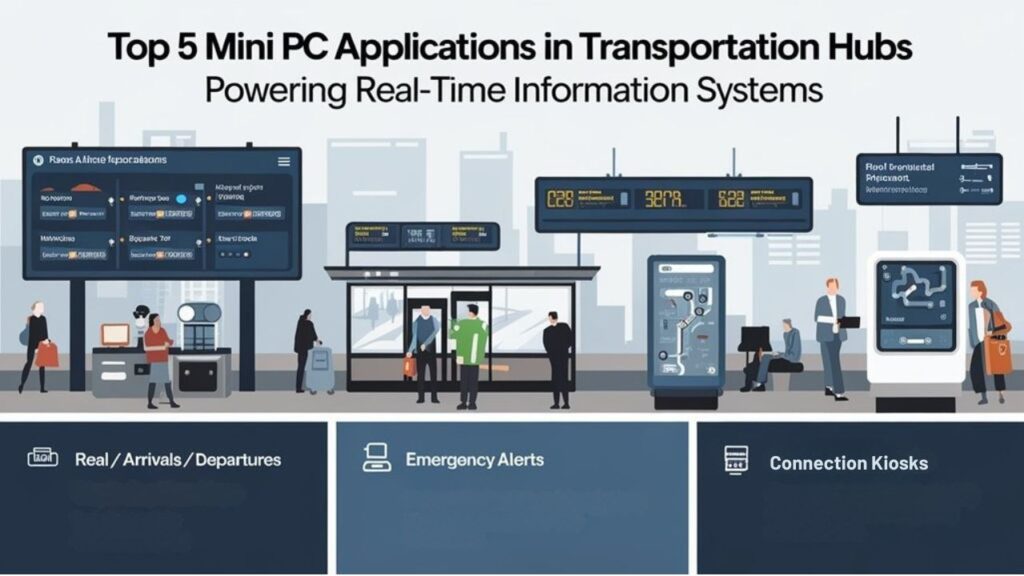
Transforming the chaotic environment of transportation hubs into streamlined information centers, mini PCs power sophisticated real-time display systems that keep travelers informed and moving efficiently. These compact computing solutions deliver critical real-time updates while managing complex passenger navigation systems. The implementation of these systems has demonstrated a 35% reduction in perceived wait times for travelers through engaging content and improved queue management. Interactive wayfinding kiosks aid travelers in navigating the complex layouts of transportation hubs with minimal stress and confusion. The energy-efficient design of mini PCs makes them ideal for continuous operation in 24/7 transportation environments. Their compact size makes them perfect for installation in tight spaces where larger computing systems wouldn’t fit.
| Feature | Benefit | Application |
|---|---|---|
| API Integration | Automated accuracy | Live departure boards |
| Multi-lingual Support | Global accessibility | International terminals |
| Cloud Management | Instant updates | Emergency notifications |
You’ll find these systems reducing operational costs through remote diagnostics and scheduled content cycling. The same infrastructure that guides travelers also generates revenue through programmatic advertising and promotional partnerships with nearby vendors. Mini PCs handle it all—from interactive wayfinding with QR code integration to accessibility features that guarantee information reaches every traveler.
Educational Institutions: Dynamic Communication Platforms
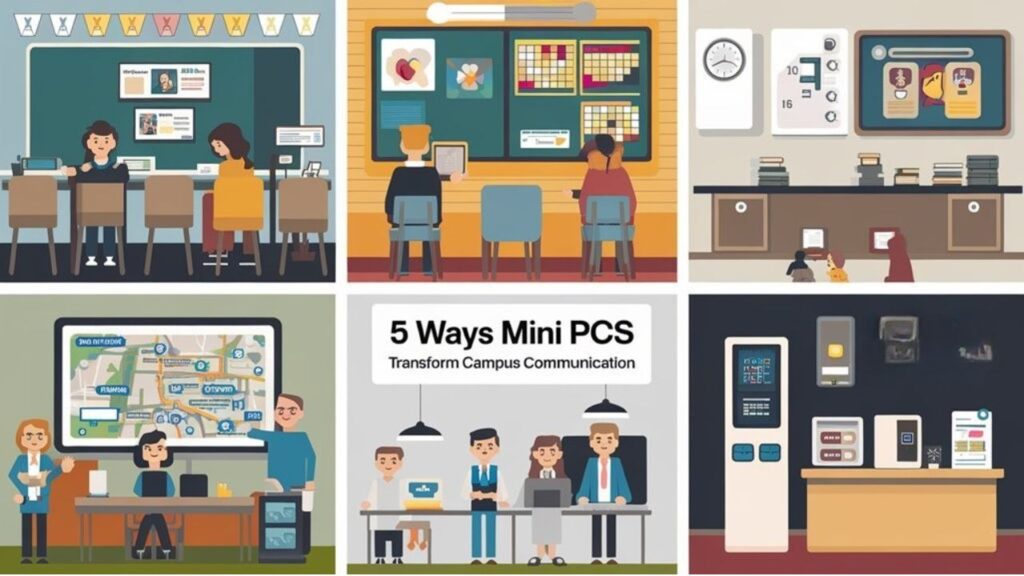
From elementary schools to sprawling university campuses, educational institutions are discovering how mini PCs power dynamic communication platforms that streamline information flow and enhance student engagement.
These compact devices drive real-time information dissemination through emergency alerts, schedule changes, and dynamic announcements while supporting student interactions via touchscreen kiosks with wayfinding capabilities. The easy setup process requires no technical expertise, making it accessible for all educational staff members. These systems leverage critical thinking skills among students who interact with the educational content displayed.
- Centralized content management systems allow staff to update multiple displays simultaneously across different buildings.
- Interactive touchscreens with QR code integration connect physical spaces to digital resources.
- Digital recognition boards showcase student achievements and foster institutional pride.
- Multi-language support and accessibility features guarantee information reaches all campus community members.
With mini PCs’ processing power and compact form factor, educational institutions can transform ordinary hallways into information hubs that facilitate communication while maximizing limited space and technical resources. The latest models like Raspberry Pi 5 offer quad-core processing capabilities that easily handle demanding digital signage applications. The cloud-based nature of modern digital signage solutions makes content accessible and manageable from any internet device, supporting over 3,000 schools in creating visually engaging communication systems.
Frequently Asked Questions
What Security Measures Protect Mini PCS in Public Settings?
You’ll protect mini PCs in public settings by implementing physical security measures like cable locks and tamper-evident enclosures, alongside software security controls including application whitelisting and full-disk encryption.
Can Mini PCS Handle Extreme Temperatures in Outdoor Signage?
Yes, mini PCs offer exceptional temperature resistance, operating from -40°C to 85°C. You’ll find their outdoor durability stems from fanless designs, metal enclosures, and specialized components that withstand environmental extremes.
How Long Is the Typical Lifespan of Mini PCS for Signage?
You’ll typically see 5-7 years from commercial mini PCs, extending to 10+ years with industrial-grade models. Mini PC durability increases with fanless designs, while modern signage technology benefits from this extended lifecycle.
Are Mini PCS Compatible With Legacy Display Hardware?
Like a bridge spanning generations, mini PCs offer robust legacy hardware compatibility through diverse display connectivity options including VGA, COM ports, HDMI, and DisplayPort—ensuring your existing displays remain viable with modern technology.
What Bandwidth Requirements Exist for Cloud-Managed Mini PC Networks?
You’ll need 5-20 Mbps per device for cloud-managed mini PCs, with bandwidth optimization techniques like compression and caching critical for maintaining reliable cloud connectivity during content deployments.
Conclusion
Like a master key opening countless doors, you’ll find mini PCs powering today’s most innovative digital signage solutions. With 73% of consumers reporting greater brand recall from dynamic digital displays versus static signage, your investment in these compact powerhouses delivers measurable ROI. They’ll continue transforming customer interactions across retail, transportation, and education sectors—offering unprecedented flexibility, energy efficiency, and centralized control for your evolving communication needs.

I am a retired software engineer with experience in a multitude of areas including managing AWS and VMWare development environments. I bought a relative a mini-PC a year ago and have become passionate about the technology and its potential to change how we deploy software.
